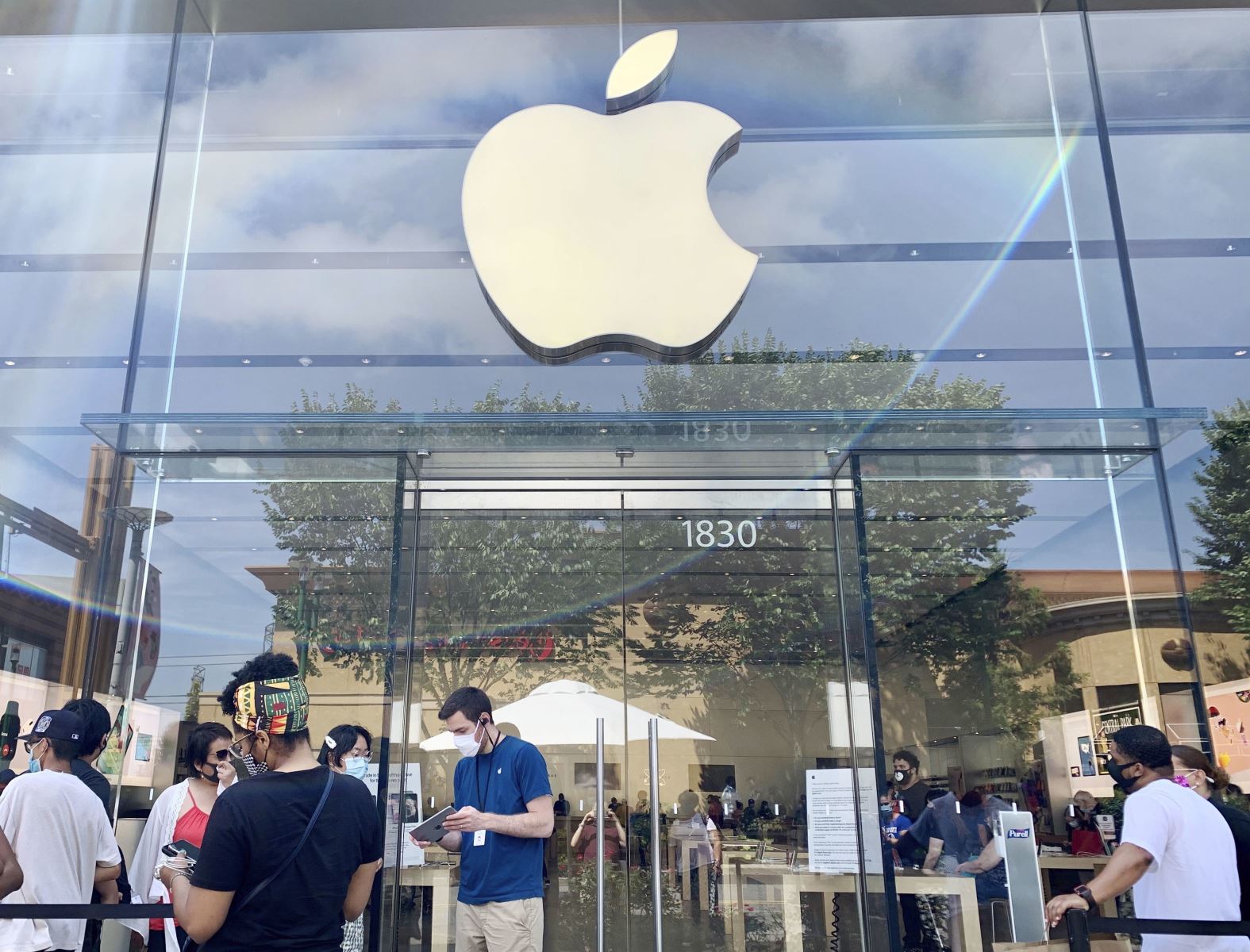
According to the Wall Street Journal on May 2, the technology giant Apple is making strategic moves to minimize the impact of the US-China trade war, by significantly shifting its supply chain to India and Vietnam. This information was announced by CEO Tim Cook himself, providing a clearer picture of Apple's efforts to respond to geopolitical fluctuations.
Amid escalating trade tensions, especially the tariffs imposed by the Trump administration on Chinese goods, Apple is showing initiative in restructuring its global supply chain. Accordingly, the majority of Apple devices exported to the US market in the next quarter will originate from India and Vietnam. This is considered an important step to ease investors' concerns about the risk of increased costs due to tariffs.
In fact, Apple is one of the technology corporations that has been heavily affected by the tariff policies targeting China, where most of its products are assembled. Moving a large part of its final assembly operations to other countries such as India and Vietnam shows Apple's determination to minimize risks and ensure stable supply for the US market.
However, CEO Tim Cook acknowledged that if the current tariffs remain in place, Apple’s costs could increase by about $900 million next quarter. He also noted that the figure could be even higher in subsequent quarters. However, the limited impact of tariffs in March is a positive sign that efforts to adjust the supply chain are working.
Despite external challenges, Apple still recorded impressive sales growth in the January-March period of this year, increasing 5% to $95 billion, surpassing analysts' expectations. Net income also increased nearly 5% to $24.8 billion. Notably, iPhone sales, Apple's flagship product, also increased 2% in the period, thanks in part to higher demand and the launch of the low-cost iPhone 16e model.
During a meeting with analysts, Mr. Cook emphasized that "the vast majority" of iPhones sold in the US in the next quarter will come from India, while "nearly all" other devices such as iPads, Macs, Apple Watches and AirPods sold in this market will originate from Vietnam. This shows that Vietnam is becoming an important link in Apple's global supply chain, not only stopping at assembling iPhones but also expanding to many other product lines.
The Apple CEO also confirmed that the company will continue to diversify its supply chain, reducing its dependence on a single country. "What we learned a while ago is that having everything in one location is too risky," Mr. Cook shared.
The decision to ramp up production in India is also seen as a strategic move by Apple to tap the potential of this billion-people market. Analysts estimate that shifting all of India's iPhone production, about 25 million units, could meet about 50% of the demand in the US market.
But shifting supply chains is no simple process. It took Apple decades to build a massive, efficient manufacturing system in China, with skilled labor and large-scale assembly lines. Recreating similar manufacturing facilities in other countries would require significant time, resources, and investment.
In addition to its efforts to respond to the trade war, Apple is also facing other challenges. iPhone sales in China have declined due to the rise of local brands. In addition, the royalties Google pays to be the default search engine on Safari are also under threat from antitrust issues.
In addition, Apple is also working to catch up with the artificial intelligence (AI) trend. Although it has promised new AI features for its devices, the company has been facing delays in implementation. Cook said Apple needs more time to deliver personalized AI features that meet its strict quality standards.
Overall, the move to shift production to India and Vietnam demonstrates Apple’s flexibility and strategic vision in a volatile global environment. Although there are still many challenges ahead, diversifying the supply chain is expected to help Apple reduce risks, stabilize its business operations and continue to grow in the future.
Source: https://doanhnghiepvn.vn/doanh-nhan/apple-ne-thue-my-chuyen-trong-tam-san-xuat-sang-an-do-va-viet-nam/20250503073906701


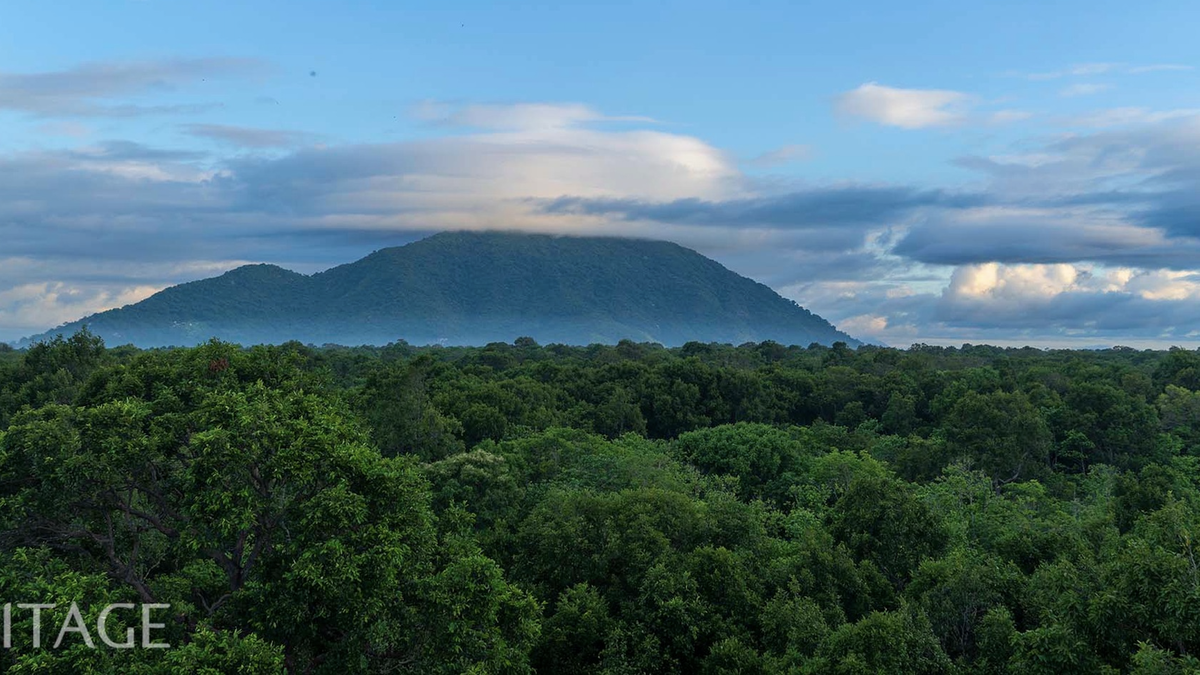


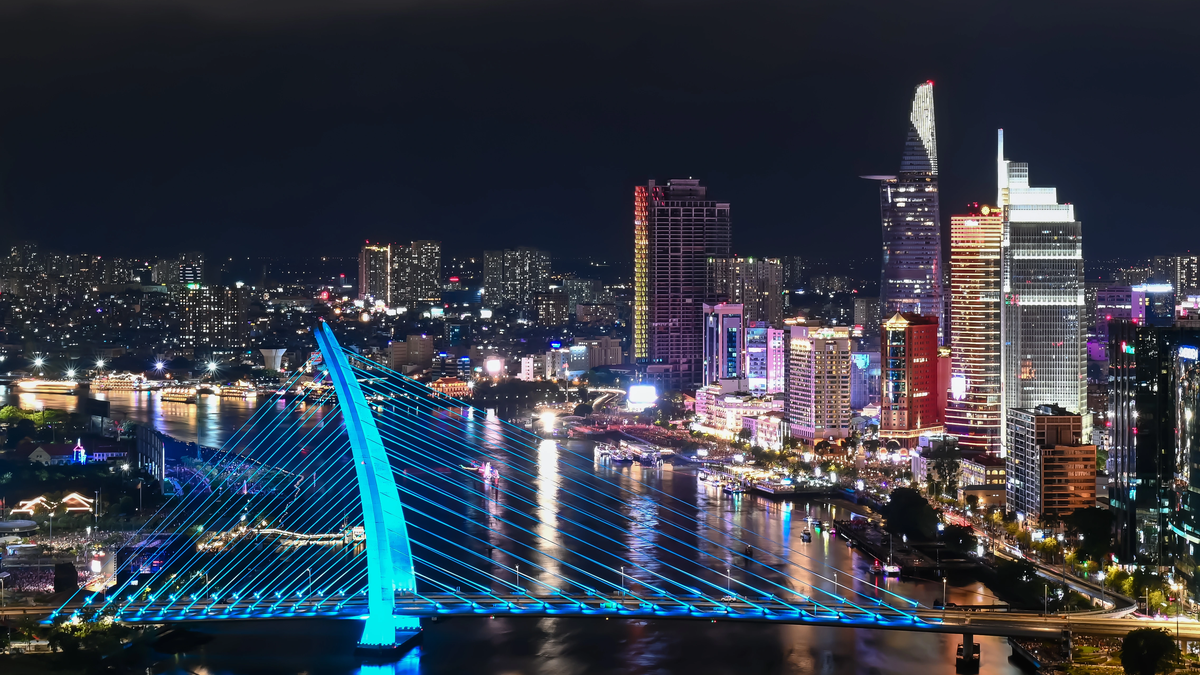
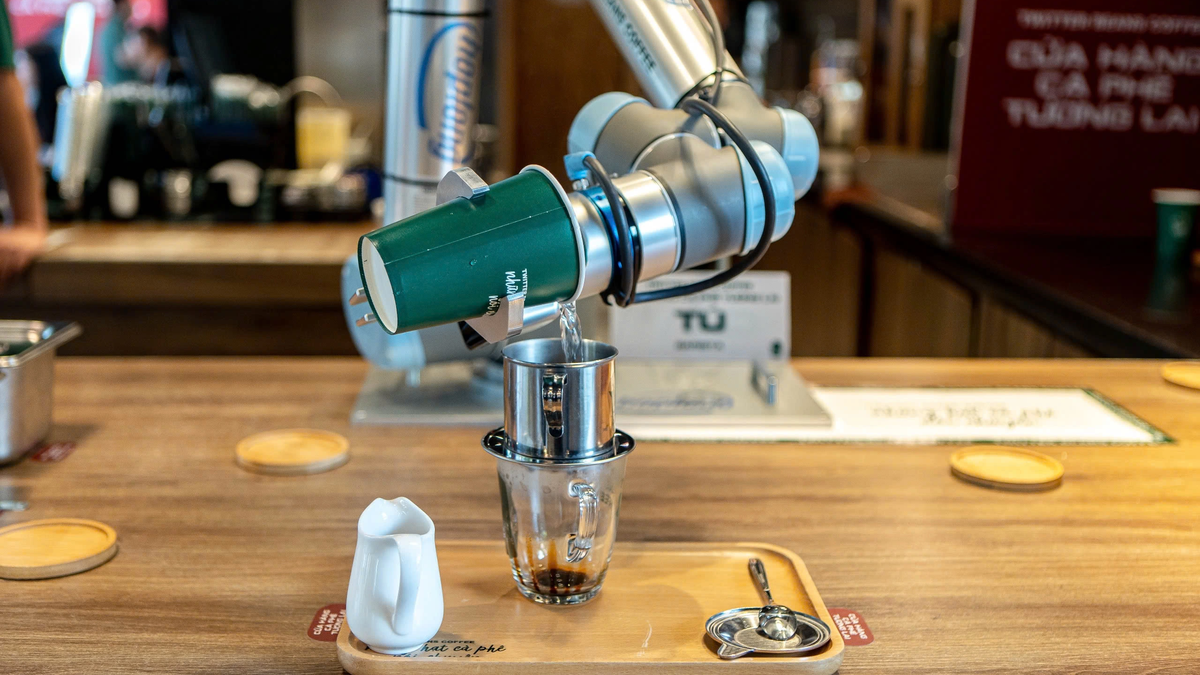




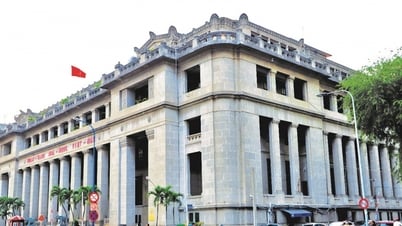





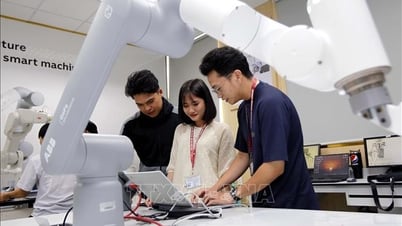


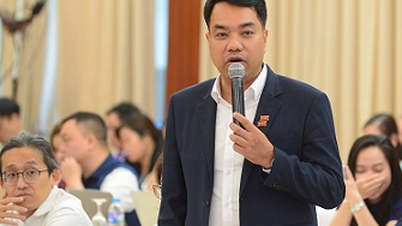


![[Photo] Thousands of Buddhists wait to worship Buddha's relics in Binh Chanh district](https://vphoto.vietnam.vn/thumb/1200x675/vietnam/resource/IMAGE/2025/5/3/e25a3fc76a6b41a5ac5ddb93627f4a7a)


































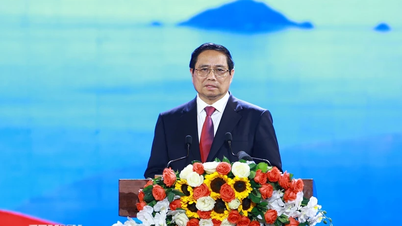

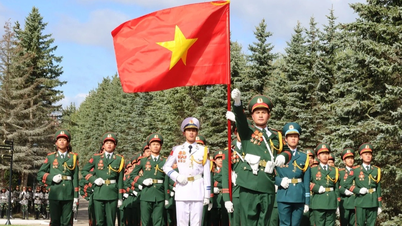

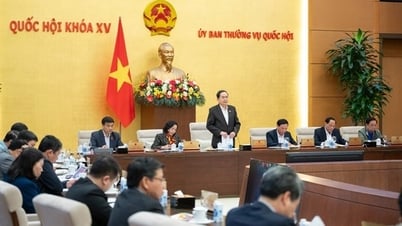


















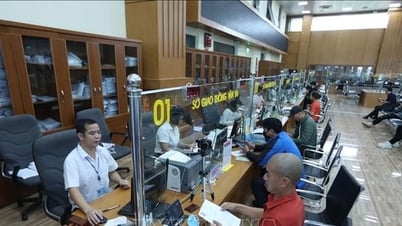
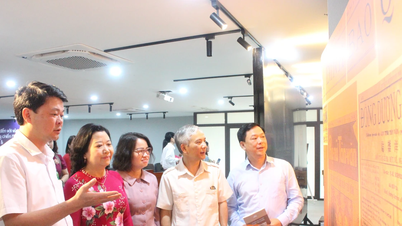









Comment (0)